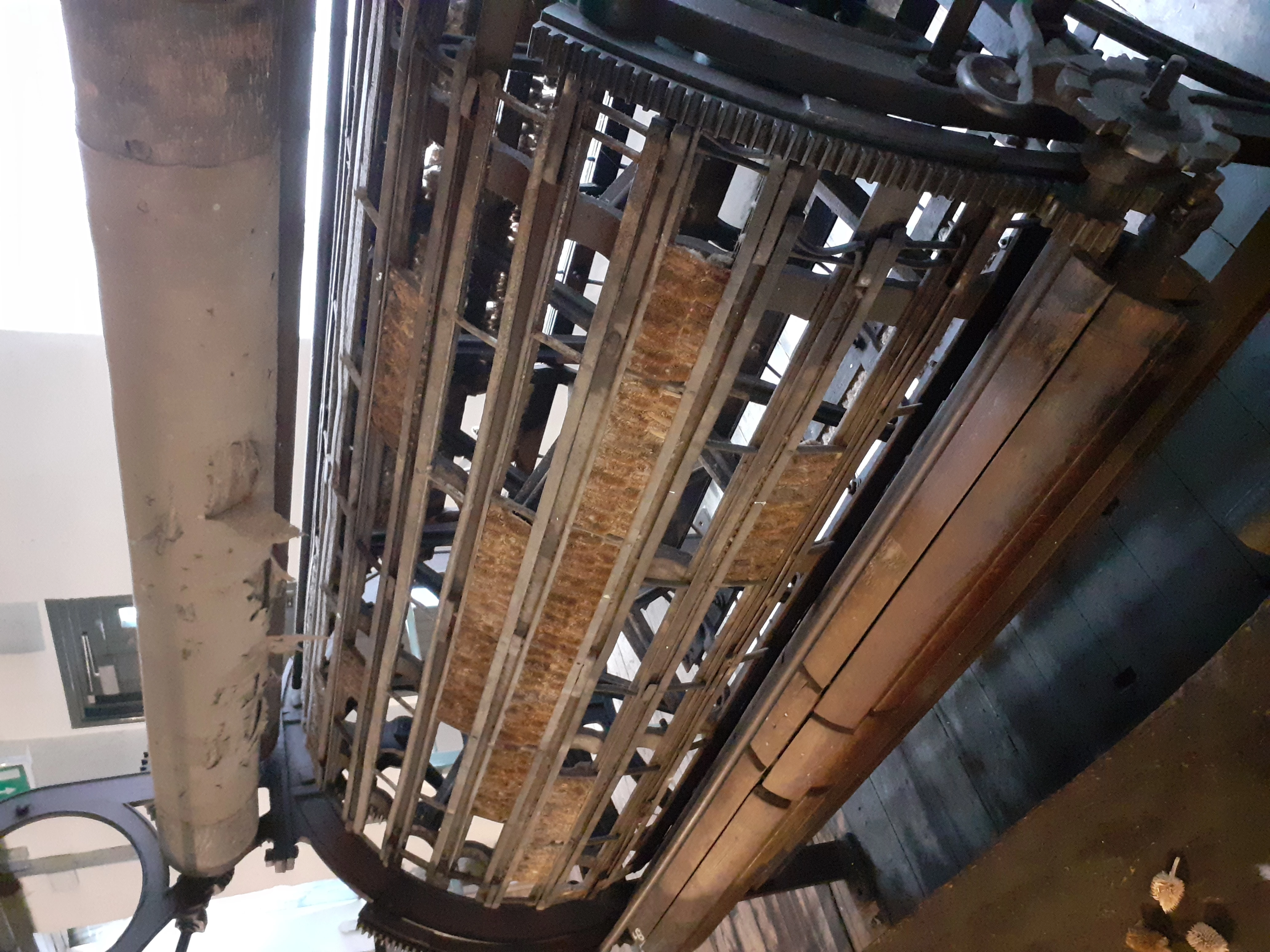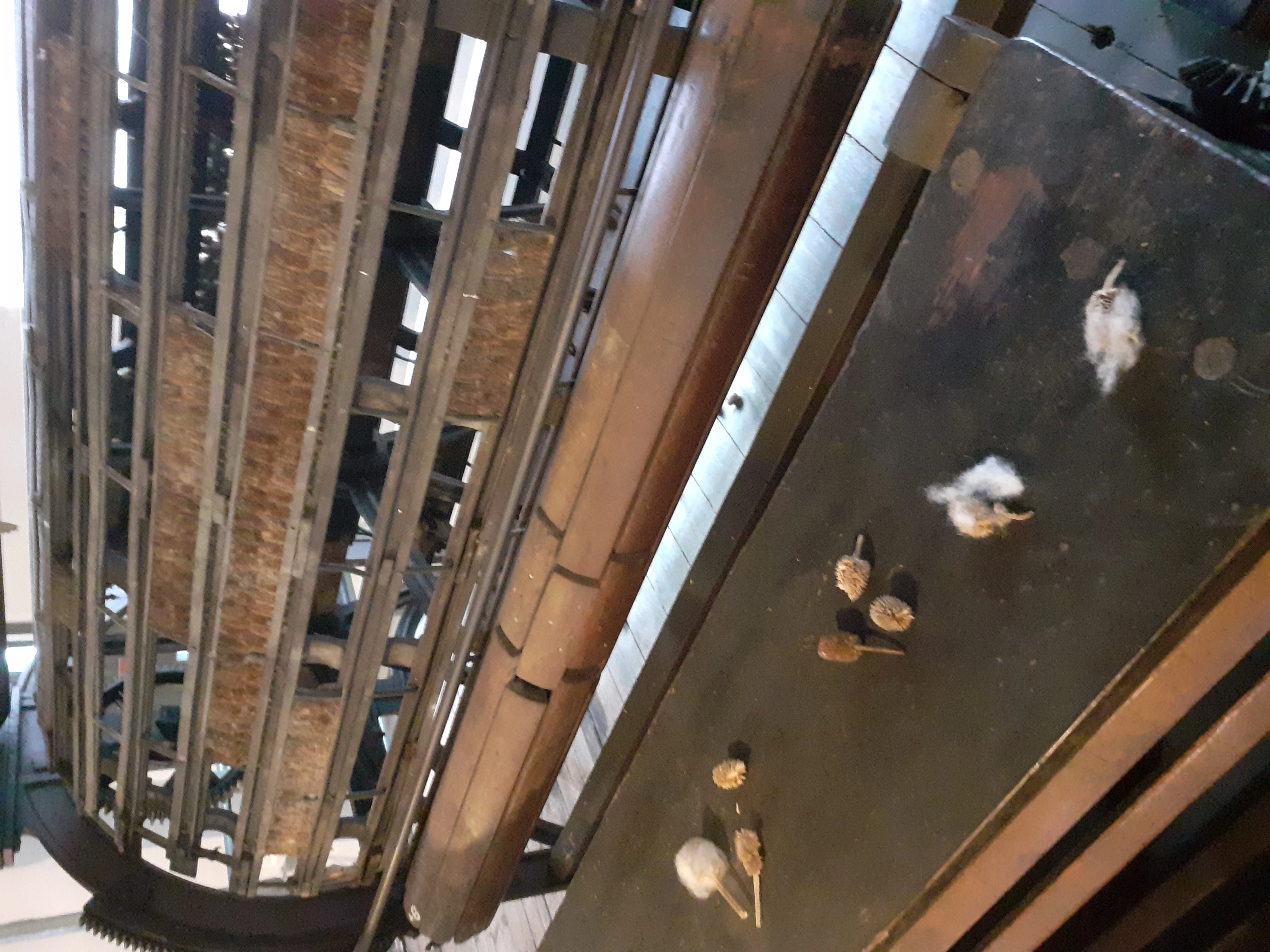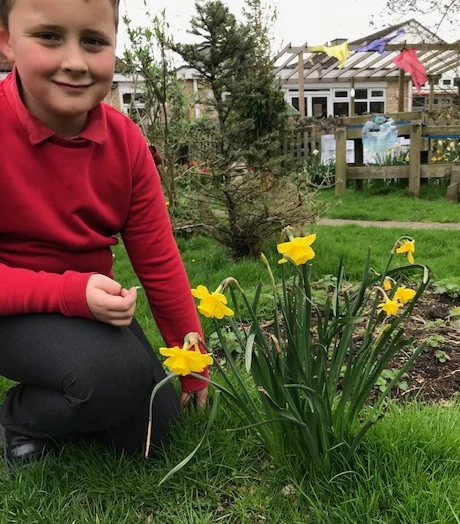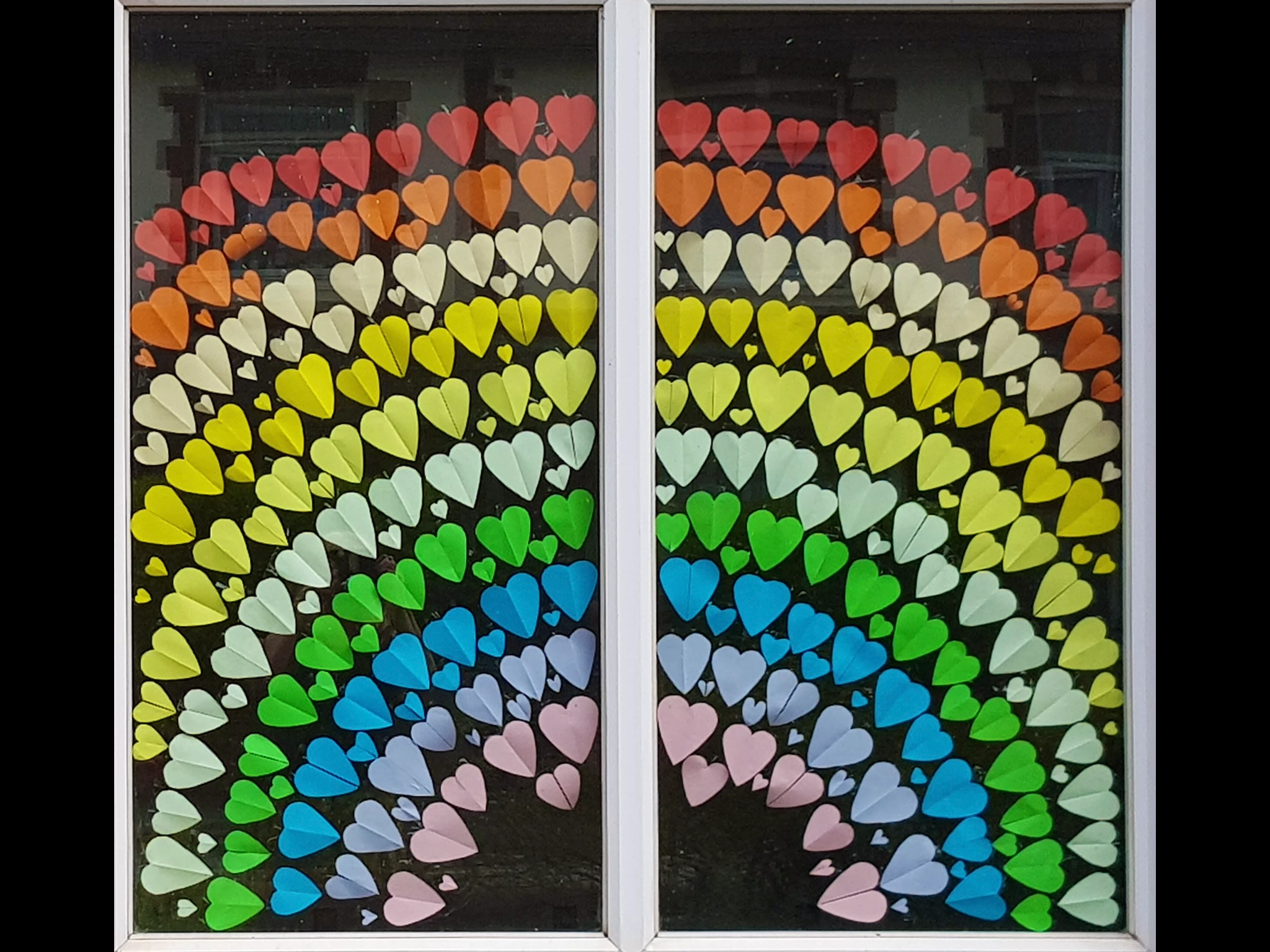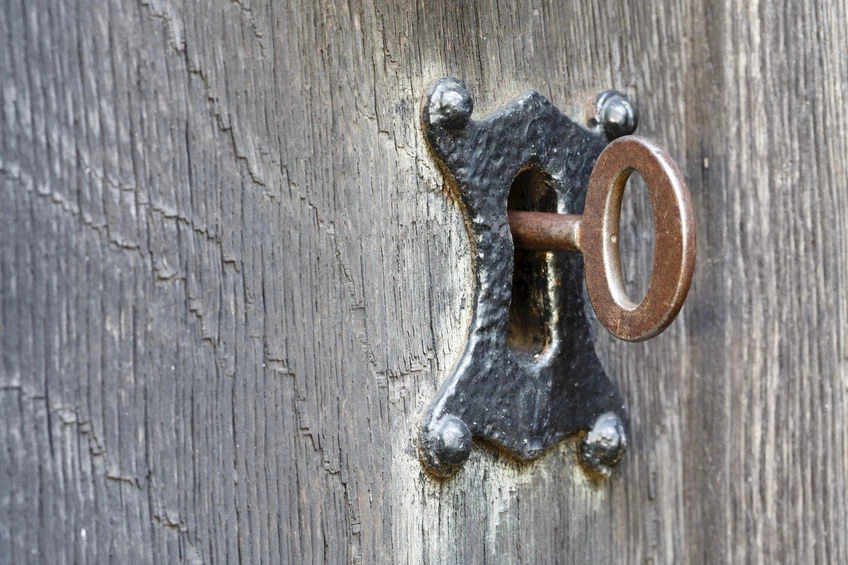Amgueddfa Cymru – National Museum Wales would like to congratulate the 4,463 pupils from across the UK who achieved Super Scientist recognition for their participation in the Spring Bulbs for Schools Investigation 2019-2020.
A big congratulations to you all! Thank you for working so hard planting, observing, measuring and recording, you really are Super Scientists!
Many thanks to The Edina Trust for funding this project.
Super Scientists 2020
Enillwyr / Winners
Cymru / Wales: Ysgol Gynradd Gymraeg Tonyrefail
Gogledd Iwerddon / Northern Ireland: Holy Cross Girls' Primary School
Lloegr / England: St Michael's CE Aided Primary School
Yr Alban / Scotland: Gavinburn Primary School
Yn Ail / Runners up
Cymru / Wales: Bryncoch CiW Primary School
Gogledd Iwerddon / Northern Ireland: Greenhaw Primary School
Lloegr / England: King's Meadow Academy
Yr Alban / Scotland: Penpont Primary School
Clod Uchel / Highly Commended
Cymru / Wales:
St Paul's CiW Primary
St. Julian's Primary
St. Robert's Catholic Primary
Ysgol Gymraeg Caerffili
Gogledd Iwerddon / Northern Ireland:
Steelstown Primary School
Lloegr / England:
Arkholme C of E Primary School
Bursar Primary Academy
Clifton Primary School
Ossett Flushdyke Junior and Infant School
St Austins Catholic Primary School
Stoneferry Primary School
Woodfield Primary
Yr Alban / Scotland:
Dalbeattie Primary School
St Fergus' Primary School
St John Ogilvie Primary School
Cydnabyddiaeth arbennig / Special Recognition
Cymru / Wales:
Blaendulais Primary School
Bro Pedr
Broad Haven
Carreghofa C P School
Darran Park Primary
Evenlode Primary
Ferryside V.C.P School
Gaer Primary School
Henllys C/W Primary
Litchard Primary School
Llanedeyrn Primary School
Llanharan Primary School
Pil Primary School
Sofrydd Primary School
St Athan Primary
St Joseph's Cathedral Primary School
Tonyrefail Community School
Ysgol Deganwy
Ysgol Gymraeg Dewi Sant
Ysgol Llwyn yr Eos
Ysgol San Sior
Lloegr / England:
Canon Peter Hall Primary School
Fieldhead Primary Academy
Fleet Wood Lane Primary School
Hudson Road Primary School
Oldfleet Primary School
Stanford in the Vale Primary School
Yr Alban / Scotland:
Carnbroe Primary School
Earlston Primary School
Greenburn School
Lawefield Primary School
Sanquhar Primary School
St Mungo Primary
Whatriggs Primary School
Gwyddonwyr Gwych / Super Scientists
Cymru / Wales:
Dyffryn Cledlyn
Aberdare Park Primary School
Albert Primary School
Blaengwrach Primary
Garth primary School
Georgetown Primary
Hendredenny Park Primary
High Cross Primary School
Llangan Primary School
Maesgwyn Special School
NPTC Newtown College
St. Michael's RC Primary
Ty Isaf Infants School
White Rose Primary School
Y Berllan Deg
Ysgol Craig yr Wylfa
Ysgol Ysbyty Ifan
Gogledd Iwerddon / Northern Ireland:
Auchencairn Primary School
John Paul II Primary School
Newbuildings Primary School
Saint Patrick's Primary School
St Anne's Primary School
St Paul's Primary and Nursery School
Lloegr / England:
Adelaide Primary School
Bardney CofE Primary School
Castleford Park Junior Academy
Chorley St James CE Primary
Dunstall Hill Primary School
Garstang St Thomas C.E. Primary
Gonerby Hill Foot C E Primary School
North Road Primary School
Sandal Magna Community Academy
St Helen's C of E Primary School
St Michael's Church of England Aided Primary School
St Peter's Catholic Primary School
Yr Alban / Scotland:
Cummertrees Primary School
Drummore Primary School
Gelston Primary School
Glenluce Primary School
Gordon Primary School
Laurieknowe Primary School
Locharbriggs Primary School
Loreburn Primary School
New Abbey Primary School
Newmains Primary School
Our Lady of Peace Primary School
Saint Anthony's Primary School
Sheuchan Primary School
Wormit Primary School
St Peter's Primary School

